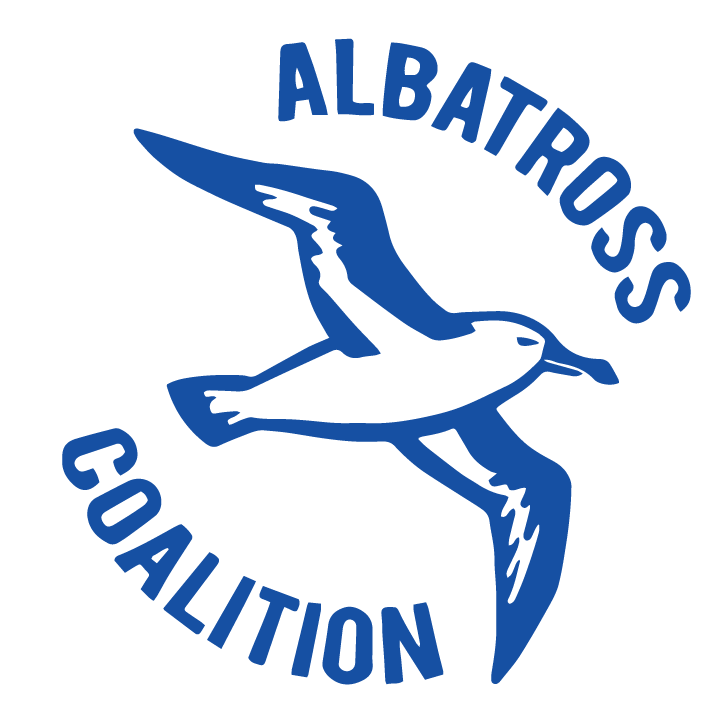Scripps Institution of Oceanography
Revisiting SEAPLEX, 4/15/15 Scripps Environmental Accumulation of Plastic Expedition: Seeking the Science of the Pacific Ocean Garbage Patch, A thousand miles off California, the North Pacific Ocean Gyre contains one of the largest ecosystems on Earth – but it may be in danger from a deluge of accumulated plastic trash. Dubbed the “Great Pacific Ocean…
